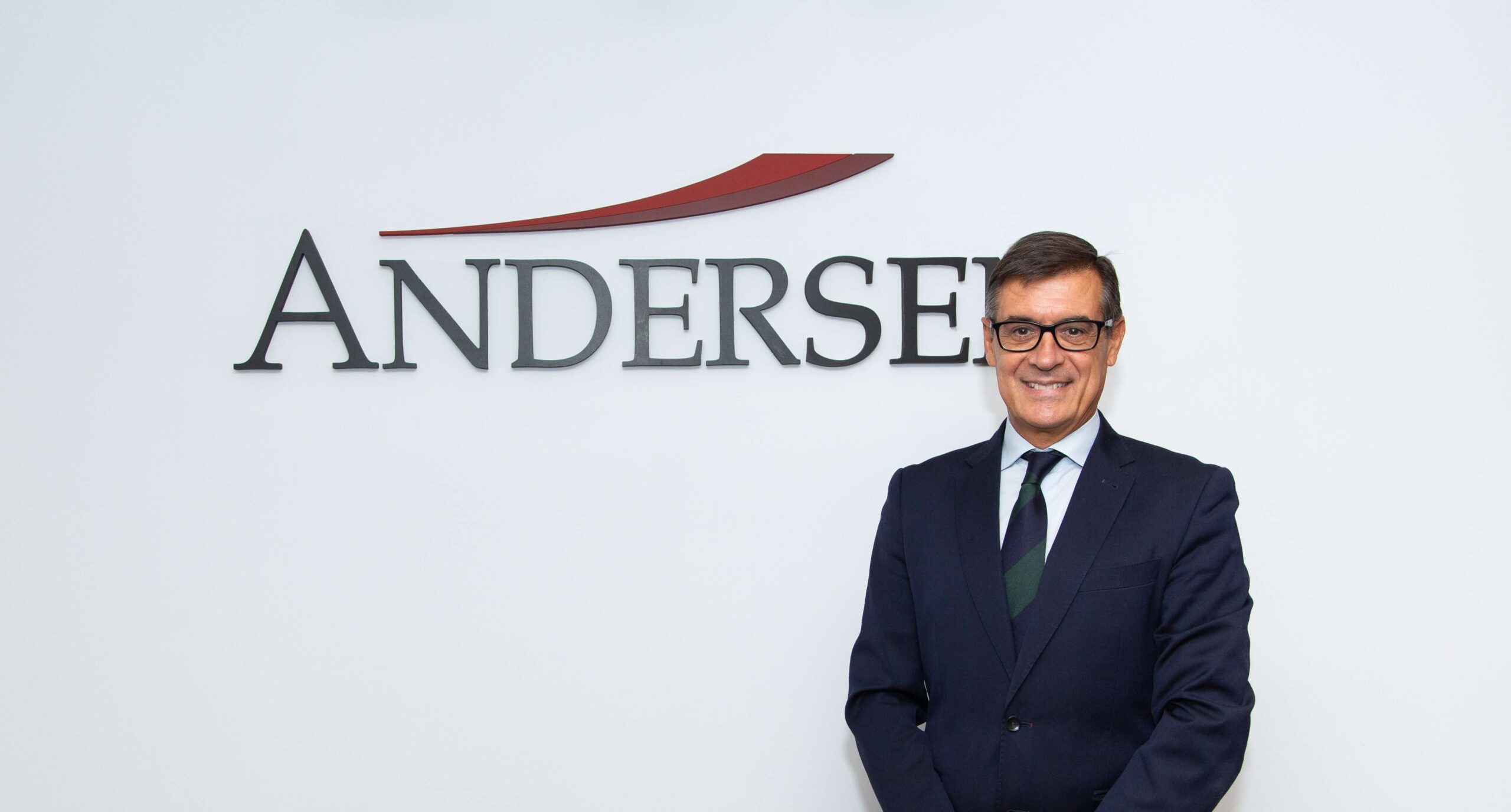"How likely is it that I will recommend this product or service to a family member or friend? With this simple question, thousands of companies around the world make more than a few strategic and tactical decisions to increase their business. This is the so-called Net Promoter Scoreor NPS, a metric proposed in 2003 to measure loyalty to a firm based on market recommendations. Although there are those who may label it as simplistic, the truth is that as a metric it is simple to obtain, easy to interpret, and allows benchmarks or comparisons between companies to be made. The tool is named after those consumers who give a score of 9 or 10 out of 10, who are referred to as "promoters".
Based on this metric, one of the leading companies in Customer Experience that we have already mentioned on other occasions, Temkin Group, has just published a comprehensive study based on the NPS of more than 340 companies, generated by 10,000 consumers in the United States. In addition to the intrinsic value of the study, its main data also allows us to see that this score is not related to the volume or turnover of the companies. If we were to take the Fortune 500 list, we would have more than one surprise as to who occupies which position in this particular ranking that is the hallmark of many companies.
Are Walmart, Exxon Mobil, Berkshire Hathaway or Apple at the top of the NPS? Not at all. The gold medal goes to a company as unusual as it is genuine, USAA, founded almost a century ago (1922) by a group of 25 US Army officers as a mutual self-insurance mechanism when they were unable to obtain automobile insurance due to the perception that they, as military officers, were a high risk group, according to Wikipedia information. Today it is a large group that offers banking and insurance services to past and present members of the Armed Forces, officers and enlisted, and their immediate families.
In fact, it is the two branches of USAA's business, banking and insurance, that take two of the three places on the podium, with another company whose business is closely related, in part, to that of the leading firm as a fellow traveller: the Navy Federal Credit Union, which was founded in 1933 as a credit union for naval officers, and later expanded to become the largest retail credit union in the United States.
These top positions alone raise a number of questions when it comes to Customer Experience. For example, that having the highest recommendation ratio does not depend on being a millennial, young, disruptive and digitally savvy company; no: it depends on winning the heart of the impact market. For example, that scores like NPS disprove the maxim that credit and insurance companies are driven by shady interests and whose activity borders on larceny; because getting to the top of consumer favour is not dependent on industry perception, it is dependent on the perception of each individual company. In fact, USAA and the Navy Federal Credit Union outperformed the banking industry average by more than 40 points. There must be a reason for this.
Attention should also be drawn to the well above-average growth of three other more or less "unknown" names: firstly, and watch out because once again we find insurance services, Blue Cross Blue Shield of Florida; secondly, the low-cost hotel chain franchised by Marriott as Fairfield Inn; and thirdly, Ameren Illinois, a holding company for energy supply companies. Again, top performance for three sectors that, for one reason or another, are always under suspicion of not entirely regular practices. These three companies must be doing something to stand out so far above the average: more than 20 points above their own score last year alone. It would be a good idea for more than one manager to sit down with their managers to find out what they are doing so well.
And watch out, there are curves ahead. Particularly striking is the score curve by age group, with the highest scores being given by those aged 25-34 and 74+, while consumers aged 18-24 consistently give the lowest scores to companies. Does this mean that there is an unbridgeable gap between millennials and the generation immediately before them? Or does it mean that the NPS score alters drastically as they enter their working and professional adulthood, to the point of generating a rebound effect? Questions that should not be overlooked if we want to be prepared for the market of the future.
In any case, what is proven is the high correlation between NPS and Customer Experience: on average, according to Temking Group's executive report, leaders in this discipline enjoy an NPS that is 21 points higher than the NPS of those who lag behind in Customer Experience. The conclusion is clear: in a digital society, being recommended is almost as valid as being bought; and if you want to be recommended, your path is clear: invest, now, now, in improving your Customer Experience.






